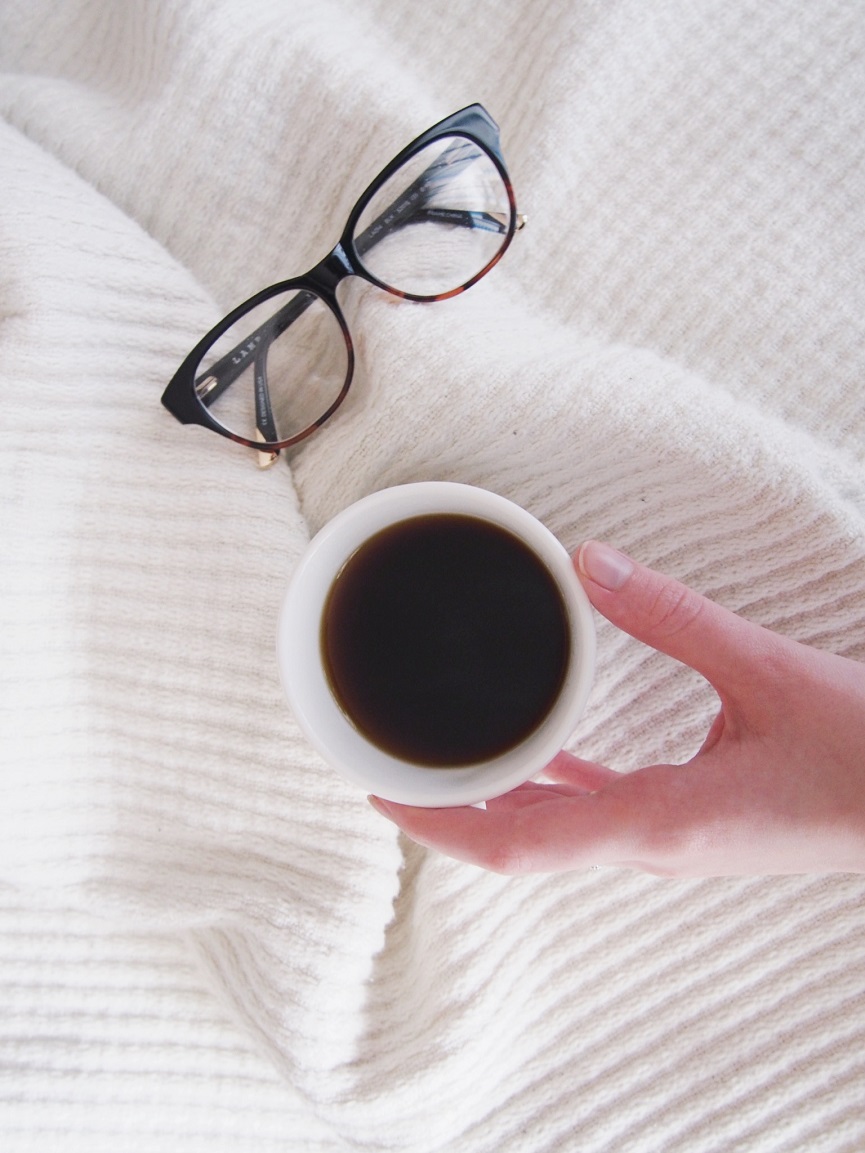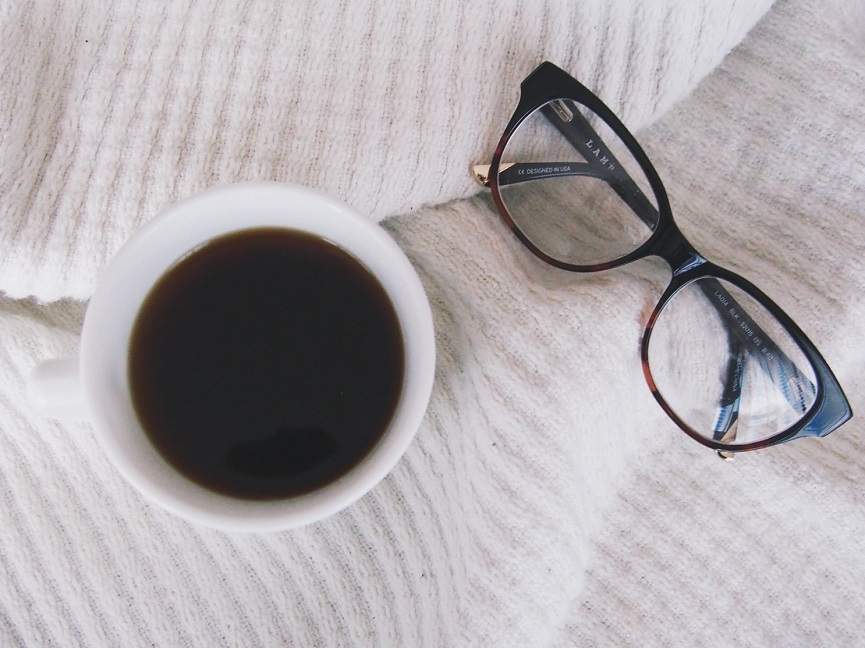

Minimalism for me has been a journey.
My husband and I come from two maximalist families. In my family, we would donate boxes of junk every month, but the house remained in a state of perpetual clutter, because we continually brought in more than we took out. In his family, unused items are saved because they're family heirlooms, or because they might serve a purpose to someone someday.
When Josh and I first started dating, actually within the first month, one thing we keyed in on together is that we both wanted a home with less. He was very into a minimal Japanese aesthetic (he still wants a zen garden, if we ever have any yard space). For me, minimalism was something that was just starting to become a buzzword, but was still more on the periphery. I honestly did not think I had that much stuff. I had one small room, everything had a place, and I liked it.
It wasn't until Josh and I were getting married and I began the process of moving out that I realized that I had so much stuff.
Packing, which I thought would be a breeze, was an absolute nightmare. I filled massive boxes to donate, and I thought I was done for a while.
We moved again from our rented basement six months later into our condo, which is funnily smaller than the basement (which was at least 1000 square feet). This time, both of us thought, "This will be a breeze. We don't have that much stuff." We had so much stuff. I was in a state of dismay on moving day when we could hardly navigate the condo because of the overwhelming amount of boxes.
I think that was when I became determined to become a minimalist. I was tired of being overwhelmed by my belongings, overwhelmed by life, overwhelmed by our culture of consumerism. I needed to simplify.
Over the next month, I massively purged all of our belongings. I detached myself mentally, and donated or sold things that I had been hanging on to because they were gifts, had sentimental value, had been expensive, or might be used one day. I went through every room, step by step, and got rid of a truckload of items in September.
That felt so good. It was freeing to leave all those boxes at Goodwill.
In January, I read Marie Kondo's The Life-Changing Magic of Tidying Up, and I was so inspired. I didn't agree with every aspect of it (I still fold my socks the precise way she says not to...because, well, I still believe my method is more efficient), but I was intrigued by her concept of examining each object and, in addition to the other questions, asking if each item sparked joy, and discarding it if it didn't. That concept encouraged me to do another major edit of mostly my own belongings, and most significantly, my books. I was also spurred on by the discovery of decluttering videos on YouTube (I was obsessed).
I forced myself to be brutally honest as I examined each item and got rid of possibly more than I did the first time I edited my things the first time in September.
Our home is, for the most part, pared down to the essentials and the things we love. It's such a huge load off my shoulders, and has had a hugely beneficial effect on our family, even Adelaide. As for the other parts of my life I wanted to simplify, I've stopped over-scheduling myself, put more focus on my health, both mental and physical, and I've fixed my bad spending habits. It's led to a lot less unnecessary stress, which is exactly what I'd hoped for.
So that's kind of been my process. And these are some things that I've learned about minimalism along the way:
- Minimalism is an ongoing process. One massive edit is not going to be enough, it has to be an ongoing thing, or else you'll find yourself overwhelmed with possessions again. With a baby especially, editing is a frequent occurrence in our household. If I'm doing more of a deep clean of a room, I will typically go through everything quickly and see if there's anything that we don't need or isn't getting use anymore. I'm not sure that we'll ever have the perfect amount of items, but that's why continuing to edit is important.
- Minimalism is open to interpretation. There is no one form of minimalism--for one person it may be about counting possessions and having the bare minimum, for you it may mean something else. It can be whatever works for you. All that really matters is that everything in your home (and you can even extend this to life in general) are things that you truly love and use. Minimalism is different for everyone.
- It's okay to hold onto things that you want. Don't feel guilty for not getting rid of things that aren't essential to your life, because if they make you happy and you love them, then you should keep them. I don't need my bulky record player because I have Spotify, but I love it and it makes me happy when I'm spinning vinyl. And don't make yourself feel guilty for buying that thing that you love, but may not necessarily need. I felt guilty several times because I felt like I should be able to get rid of more things, but that's when I had to rein myself in, and tell myself that getting rid of things for the sake of getting rid of things is silly. Only get rid of excess, and the things that don't bring you joy, and only bring in items that you need and/or bring you joy.
- It's okay to have more than you need. It seems like almost like an anti-minimalist statement, right? But this is something I struggle with, especially with our kitchen. I constantly find myself thinking, "We have three serving spoons, but don't we only need one? How many of each thing do we actually need?" I was stressing myself unnecessarily. We may not need three serving spoons, but we do use all of them. Don't stress yourself out about finding the perfect number of plates, silverware, or mugs. If an item is not being used, then there's a reason to get rid of it or pass it on.
Your turn: Have you tried minimalizing your possessions? What did you learn from it?

I've liked reading about minimalism, but I doubt I will ever become a true minimalist. I agree that it is open to interpretation. I did need the kick to purge (and purge and purge). I need to have enough on hand to read or do to fit my mood, but not enough to crush me. If that makes sense. I had so much I was overwhelmed. And certain items overwhelm me more. For example, I can have tons of yarn (although I am going to try to cut that down) but tons of fabric equals pressure.
ReplyDeleteI like to have a ton of library books on hand, but I learned (duh, I suppose) that I need a permanent place for them.
I think focusing on need, love (I'm REALLY picky), and storage capacity is what works for me. Another thing I've learned about sentimental items: take a photo. Then give it away (that may have been from Kondo's book, I'm not sure). For parents, I've read somewhere to make a collage of a child's art or feature in on the frig for a limited amount of time.
With gifts, I've started to use a list for my family because I am so picky that often I give the gifts away after a few years or less. I want things that will last until I've worn them to shreds. I think re-gifting is a good idea too.
Multiples in the kitchen (crazy numbers, not three) drive me crazy at our house and are something that I don't want in my future home, but another thing is holiday decor. We have so much; I'd rather have a few things and then use seasonal plants (real trees, real wreaths, real roses). I'm trying to look around our house and think of things that I want to keep minimal whenever I have my own place.
I agree about the continual edit. I think that thinking of replacement might be helpful sometimes. Don't buy something unless you can get rid of something. I know that cannot alway work, but if I can at least think about it maybe it will curb my shopaholic tendancies.